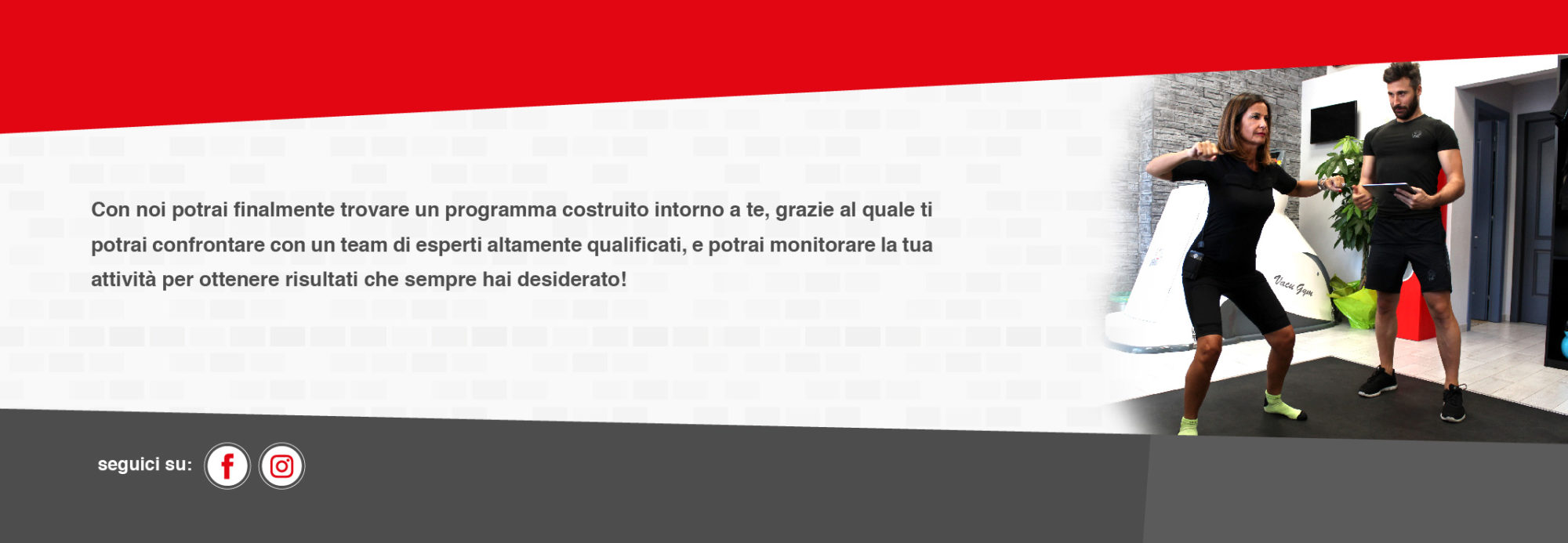Agile methodology is a practice which promotes continue interaction of development and testing during the SDLC process of any project. In the Agile method, the entire project is divided into small incremental builds. All of these builds are provided in iterations, and each iteration lasts from one to three weeks. In this type of SDLC model testing and the development, the phase is planned in parallel. So, there are verification phases of SDLC on the side and the validation phase on the other side.
After testing, the QA and testing team might find some bugs or defects and communicate the same with the developers. The development team then fixes the bugs and send it to QA for a re-test. This process goes on until phases of the sdlc the software is stable, bug-free and working according to the business requirements of that system. Do you have an upcoming software development project or existing software that has reached its maintenance stage?
What are the 7 phases of the SDLC?
Flatlogic Platform does offer the potential to speed up development by 20% or more compared to traditional manual software development processes. The platform’s automated tools, streamlined workflow, and comprehensive analytics all help to reduce the amount of time and effort required to complete projects. This can result in a notable improvement in development speed and efficiency.

The developers’ work gets up to speed when it comes to the coding phase. Every feature designed earlier needs to be changed into code, and all components have to be implemented. If there is more than one developer working on the project (and that is the most common scenario) a focus on teamwork is also needed. A further priority is to find and fix bugs and errors as soon as possible in order to deploy high-quality code.
Software Development Lifecycle: Stages, Methodologies & Tools
It also includes static code analysis and code review for multiple types of devices. The spiral model is probably slightly more complicated than others on this list. However, the fact that risks are less likely to occur during project development compensates for its complexity. While the stages and activities of SDLC processes tend to be broadly similar for each project, there are some variations.
- The next phase is about to bring down all the knowledge of requirements, analysis, and design of the software project.
- The process includes planning, building, testing, and the overall structure of how an information system is developed and maintained.
- The purpose of Continuous Integration (CI) is to keep the software in a functional state.
- The SDLC, by its nature, was invented to save costs, build quality and complex software, and satisfy the end-user.
- The team should also create a test plan to ensure that the software meets the user requirements and is bug-free.
However, if you want a UX prototype to really benefit your business, you should know how the UX prototype process works in practice. The Waterfall method of software development follows a rigid, predetermined path through a set of phases. Ironically, the paper credited as the origin of the Waterfall method describes it as being fundamentally flawed. Despite that fact, Waterfall became a very common, even standard methodology for large projects around the world. The best way to ensure that tests are run regularly, and never skipped for expediency, is to automate them.
How can DevSecOps be integrated into SDLC?
However, many organizations choose to move the product through different deployment environments such as a testing or staging environment. Popular SDLC models include the waterfall model, spiral model, and Agile model. SDLC or the Software Development Life Cycle is a process that produces software with the highest quality and lowest cost in the shortest time possible. SDLC provides a well-structured flow of phases that help an organization to quickly produce high-quality software which is well-tested and ready for production use.
SDLC has been around since the 1960s—a time when teams were more centralized. As the information technology sphere continues to evolve, the SDLC has been changed to keep up with the ever-changing demands in system development. The one thing that unites all these SDLC methodologies is the possibility to streamline complex processes by making use of various tools during each phase. Within this approach, the whole project is broken down into several iterations or time periods that usually take from two to six weeks.
Feasibility Study or Planning
Oftentimes, the system development life cycle is confused with the software development life cycle. Although they share many similarities, the development of systems is more robust and complex in terms of its overall framework. It’s worth noting that goal-oriented processes do not adhere to a one-size-fits-all methodology. All three attract developers as they allow for substantial iteration and testing before release onto the market or integrating a product part with a larger source code. Thus, the Agile development process welcomes constant change through iterative workflow and each iteration accounts for the next piece of the engineering puzzle. One iteration usually takes one to four weeks depending on the team and completion time.

With the addition of security measures to each stage, we can talk about the transformation of SDLC into SSDLC. This approach is becoming more and more popular because implementing security measures throughout all stages of the life cycle is good practice that saves a https://www.globalcloudteam.com/ lot of time. The various components of the system are integrated and systematically tested. The user tests the system to ensure that the functional requirements, as defined in the functional requirements document, are satisfied by the developed or modified system.
Stage 6: Deployment
This is one of software development lifecycle tools that represents a teamwork space suitable for distributed teams. Its dynamic pages provide a platform for creativity, information gathering, and collaboration within any project. Team players can structure and organize their work and share the organization’s knowledge base. Confluence is equally effective for teams of all sizes and types, whether they are dealing with large, mission-critical projects or just looking for space to build a team culture. During this software development lifecycle phase, clients will be able to have a first look at your future product.

This high-risk SDLC model throws most of its resources at development and works best for small projects. It lacks the thorough requirements definition stage of the other methods. A software life cycle model describes entry and exit criteria for each phase. So without a software life cycle model, the entry and exit criteria for a stage cannot be recognized.
Stage 3: Design
Maintenance must continue to help make improvements to the now fully-implemented information system. This software is designed to simplify workflow management for a wide variety of teams. Jira was originally designed as a simple system for tracking tasks and errors. But today, it has evolved into a powerful workflow management tool suitable for a wide variety of cases, from requirements management and test scenarios to agile software development. SDLC tools are indispensable for managing the software development process.
